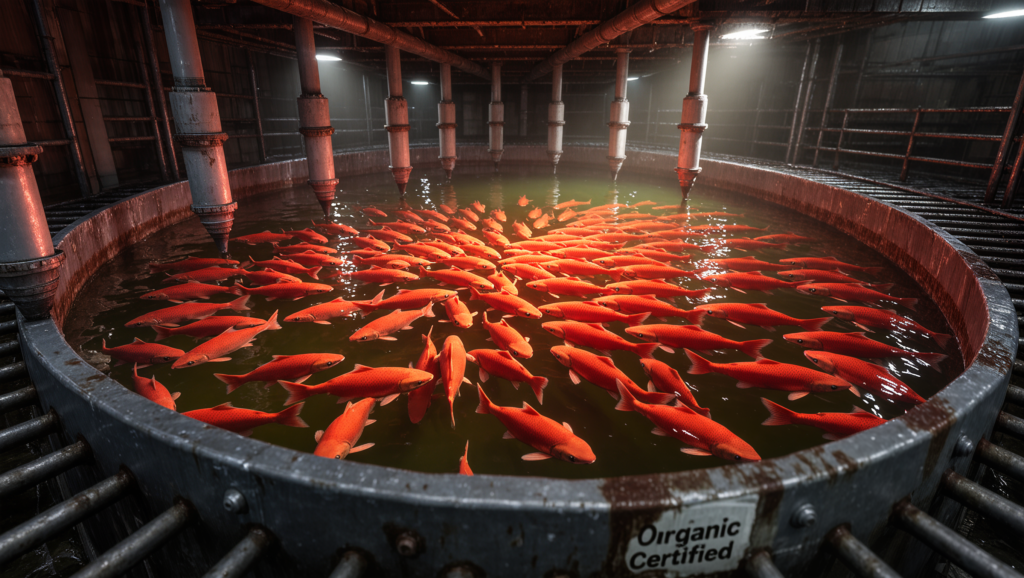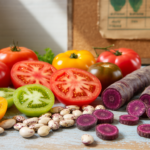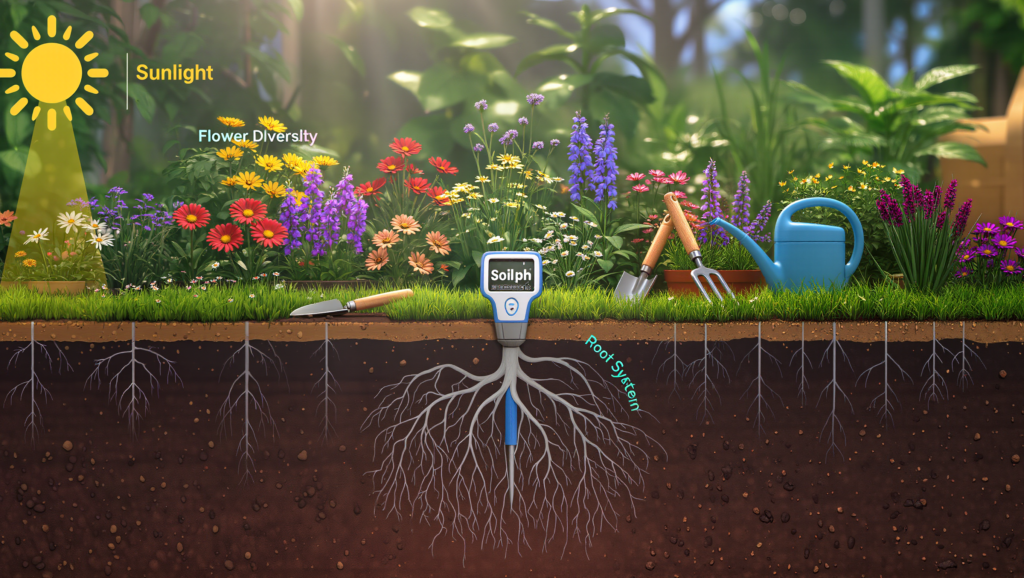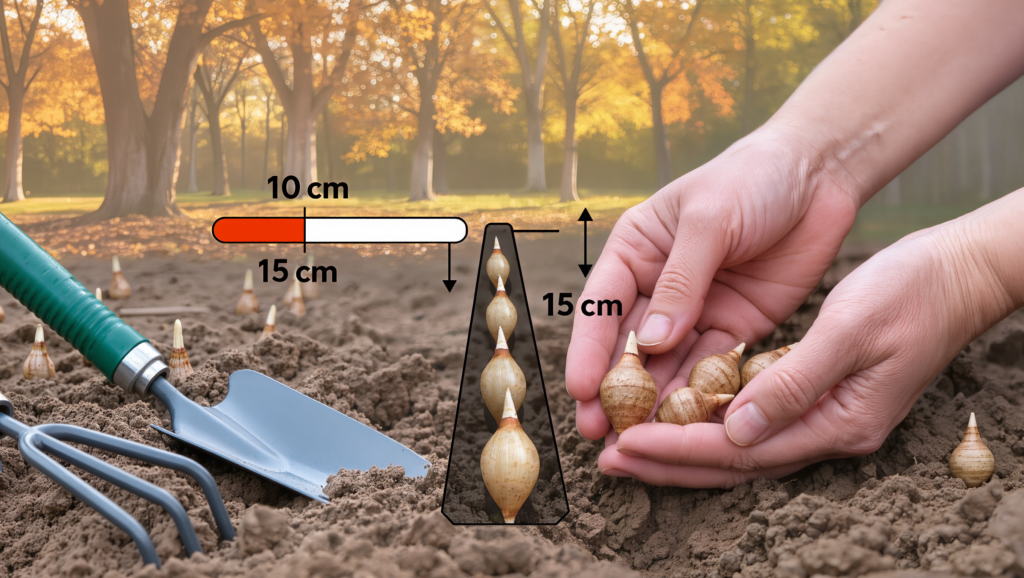If you’re browsing the seafood counter and spot a plump fillet labeled “organic farmed salmon,” you might breathe a sigh of relief. After all, “organic” brings visions of cleaner water, natural feed, and healthy fish—right? Well… not so fast. The reality behind that label is far more complicated, and, honestly, a little shocking.
This deep dive reveals the story behind organic salmon, the controversies swirling in the aquaculture industry, and what those “organic” standards actually mean for your health, the environment, and your dinner plate.
What is “Organic” Farmed Salmon—Really?
First off: Organic salmon can be both wild-caught or farm-raised, but almost all “organic” salmon found in stores is farmed. The organic label refers mostly to how the fish is raised, what it’s fed, and how the farm manages chemicals and practices—not its wild, natural origins.
The Standards
- Feed: Certified organic salmon are fed with organic pellets made from plant and animal sources, produced without synthetic pesticides, herbicides, or GMOs.
- Chemicals: Use of antibiotics, pesticides, and synthetic chemicals is restricted, but not eliminated. Antibiotics and certain chemicals can still be used under specific guidelines, and these rules are set by the certifying body, which varies by continent and country.
- Density & Welfare: Fish are raised under standards intended to lower stocking densities and promote better water quality, to reduce disease and pollution impacts.
- Environmental Impact: Organic salmon farms aim for minimal ecological footprint, but ultimately still operate within industrial aquaculture systems that carry considerable risks.
The “Organic” Label: A Misnomer?
Salmon farming—especially with organic certification—sounds positive, but the label can be misleading.
- Organic salmon farms are permitted to use highly toxic chemicals (for parasites and cleaning) that can kill surrounding wildlife.
- Organic salmon farms often use wild-caught fish for feed, impacting wild fish populations.
- Salmon are typically raised in open-net pens in the sea, where feces, uneaten feed, medications, and pathogens flow freely into surrounding waters, polluting fragile ecosystems and harming wild fish.
- Mortality rates in organic farms are alarmingly high—often upwards of 40% before harvest, due to disease and stressful conditions.
- Environmental organizations claim that organic certification, far from guaranteeing purity, is used to greenwash practices that are still fundamentally harmful to animals and marine environments.
Abel & Cole, once a major retailer of organic salmon, has stopped selling it altogether, citing that “organic is a great certification for soil, but it is not developed enough for aquaculture. Unfortunately, it has legitimised and continues to greenwash a very destructive way of producing food”. Consumer and conservation groups also warn against trusting the organic label for farmed salmon.
Health Risks: Is Organic Farmed Salmon Actually Healthy?
You might be buying organic salmon for your health, but some studies suggest you might be getting more than you bargained for.
1. Toxins: PCBs, Dioxins, Parasites
Farmed salmon—organic included—can contain persistent organic pollutants (POPs), such as PCBs and dioxins, at levels five to ten times higher than wild salmon. These have been linked to diabetes, obesity, and increased stroke risk.
2. Added Color and Antibiotics
Because farmed salmon eat pellet feed (not wild krill), their flesh is naturally grey. To mimic the natural pink hue, farmers add synthetic pigments such as astaxanthin to their feed. Synthetic pigmenting may have its own health impacts over time.
While antibiotics are restricted for organic salmon, they are not forbidden. These medications can end up in the salmon—and in your body. Overuse of antibiotics in aquaculture may also contribute to antibiotic-resistant bacteria, a growing human health crisis.
3. Nutrient Differences
Farmed salmon (including organic) is higher in saturated fat and omega-6 fatty acids, while wild salmon offers leaner protein and more favorable omega-3 to omega-6 ratio. Wild salmon also has lower total fat and less unnatural chemical fortification.
The Environmental Cost
Organic salmon farming claims to be more sustainable and gentler on the planet. In reality:
- Pollution: Open-net pens allow disease, parasites, feces, and chemicals to enter the surrounding wild habitat.
- Wild Fish Decline: Use of wild-caught fish for feed further depletes wild stocks.
- Greenwashing: “Responsibly sourced” and “organic” often just mean more marketing, not necessarily better conditions for fish or environment.
- Wild Salmon Extinction: Disease, parasites, and genetic pollution from farmed salmon threaten wild populations everywhere large-scale sea-farming occurs.
The Consumer Dilemma
You’re not alone if you’re confused by labels or the barrage of marketing. Many organizations and food writers now question whether “organic” farmed salmon deserves your trust, and some major retailers have pulled it from their shelves to avoid misleading customers.
“Certification loopholes mean salmon treated with the chemicals could still be labelled as organic on supermarket shelves until at least the end of the year… Implications include health risks and an erosion of trust among ‘deceived’ consumers,” reports Green Britain Foundation.
So, Should You Buy Organic Farmed Salmon?
The Pros
- Lower use of some chemicals versus conventional farmed salmon
- Potential environmental improvements (sometimes) over conventional farms
- High protein, vitamin D, and omega-3s if you’re not able to get wild-caught salmon.
The Cons
- Still allows antibiotics, toxic chemicals, and environmental release of pollutants
- Carries health risks: POPs, PCBs, added pigments, antibiotics
- Animal welfare concerns: high mortality rates, crowded pens
- Questionable sustainability due to feed sourcing and pollution
- Often more expensive than conventional—and far from wild
Bottom line: “Organic” farmed salmon is hardly the clean, green, healthy solution it’s cracked up to be. It’s better than conventionally farmed in some ways—but far from perfect. If you care about the environment, your health, or animal welfare, wild-caught salmon (from reputable sources) is your best bet. If you do opt for organic farmed, research your supplier and certifications—and remember, labels only tell part of the story.








